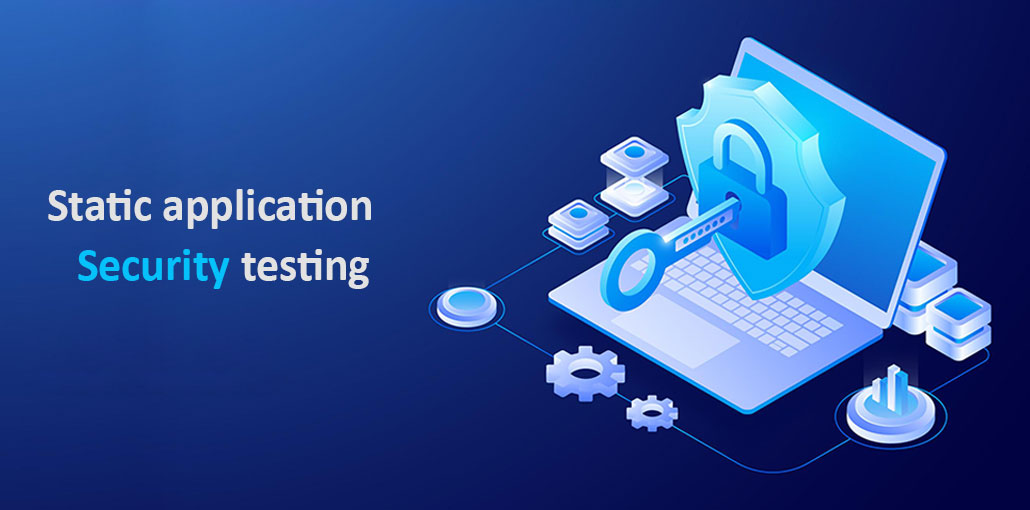Static application security testing tools are software solutions created to identify code vulnerabilities as early as possible. They are capable of providing real-time feedback to developers about the code they are writing while they are writing it. The idea behind SAST tools is to locate the weaknesses in the source code in the initial stages of the software development life cycle instead of later on. This way, they can be immediately remediated instead of pushed to the later stages of development, where they could break the build.
SAST tools do a great job at solving the issue of overlooking security flaws, which is a common problem for many development teams. They give the developers a clear view of the security flaws and help them navigate through the code by highlighting the vulnerable bits. Because SAST tools were meant to be used by developers that are generally not that adept with security techniques, they provide remediation paths. One can think of them as guidelines on how to fix security flaws and what is the optimal place in the code to fix them.
Another feature that SAST tools provide is the ability to create customized reports, which can be tracked on a dashboard. They can be great to improve visibility and give the development team an organized outlook on the reported security issues.
Explaining SAST Tools
To understand what SAST tools exactly are, it is best to explain how they work. This is a short 6-step guide on how to make the most of any SAST tool:
- Choose the right SAST tool for your organization – There is a great variety of SAST tools available online. Make sure you get the one that can operate in the programming languages that your organization is using. The perfect fit should be easily integrated with your software structure.
- Set up the scanning framework and start the tool – In the second step, you need to deal with licensing requirements, access control and allocate the needed resources. When you are done with the setup, you can go ahead and start the tool.
- Make final adjustments – Every organization is different so you need to modify some settings to better suit your needs. A common adjustment is to update or write new rules to decrease the number of false positives. In this step, you can also customize the reports and set up the dashboards.
- Decide your priorities and upload the applications – Over time you will add all your applications into the mix, but at the beginning choose which ones you want to scan first. Of course, applications with higher risk should take priority over the others.
- Analyze the results from your first scan – Start the analysis by sorting out the results and getting rid of the false positives. When that is done you can move the batch of issues to the dashboard and assign a team to start the remediation process.
- Train your employees – Make sure your team understands how to use the tools properly. This includes making frequent scans and accepting the static application security testing process as an important part of the SDLC.
Also read: Application Security: SAST vs. DAST vs. SCA
Why Are SAST Tools Important?
In most organizations, security teams are about 10 times smaller than development teams. This is why frequent code reviews are out of the question. SAST tools are capable of analyzing the entire codebase in a matter of minutes, incomparably faster than manual code reviews.
They allow automation of the process of identifying dire security flaws such as SQL injections, buffer overflows, and cross-site scripting. Therefore, they can significantly improve the security posture of the application and write code of the highest quality.
SAST Tools: Strengths and Weaknesses
Strengths
- Automation – SAST tools provide a high level of automation and they are relatively easy to set up. Automated testing takes significantly less time than manual code reviews and allows your developers to focus on other tasks.
- Early detection – Probably the most important advantage of SAST tools is early detection. By eliminating the vulnerabilities early, you save money and time you would otherwise waste if the application was released with security flaws.
- Teaches developers about security – By using SAST tools, development teams can face their flaws firsthand and correct them on the spot. This creates a habit of secure coding which will allow them to avoid making the same mistakes in the future.
Weaknesses
- False positives – This is something that can’t be avoided with this type of software solution. Your team will find a way to deal with them, but they may cause frustration.
- False sense of security – No tool in the world can detect 100% of the vulnerabilities. Make sure your developers understand that they can’t lean on the tool for everything and let it do all the work.
Conclusion
To sum it all up, SAST tools can help you improve the overall quality of your code with a minimum of effort. They detect vulnerabilities in the earliest stages of development and even guide the developers to fix them.
By giving you the ability to detect security flaws before the code is even compiled they can save you time and money. Moreover, they can help your developers to better understand security and integrate it into their day-to-day work.










Leave a comment